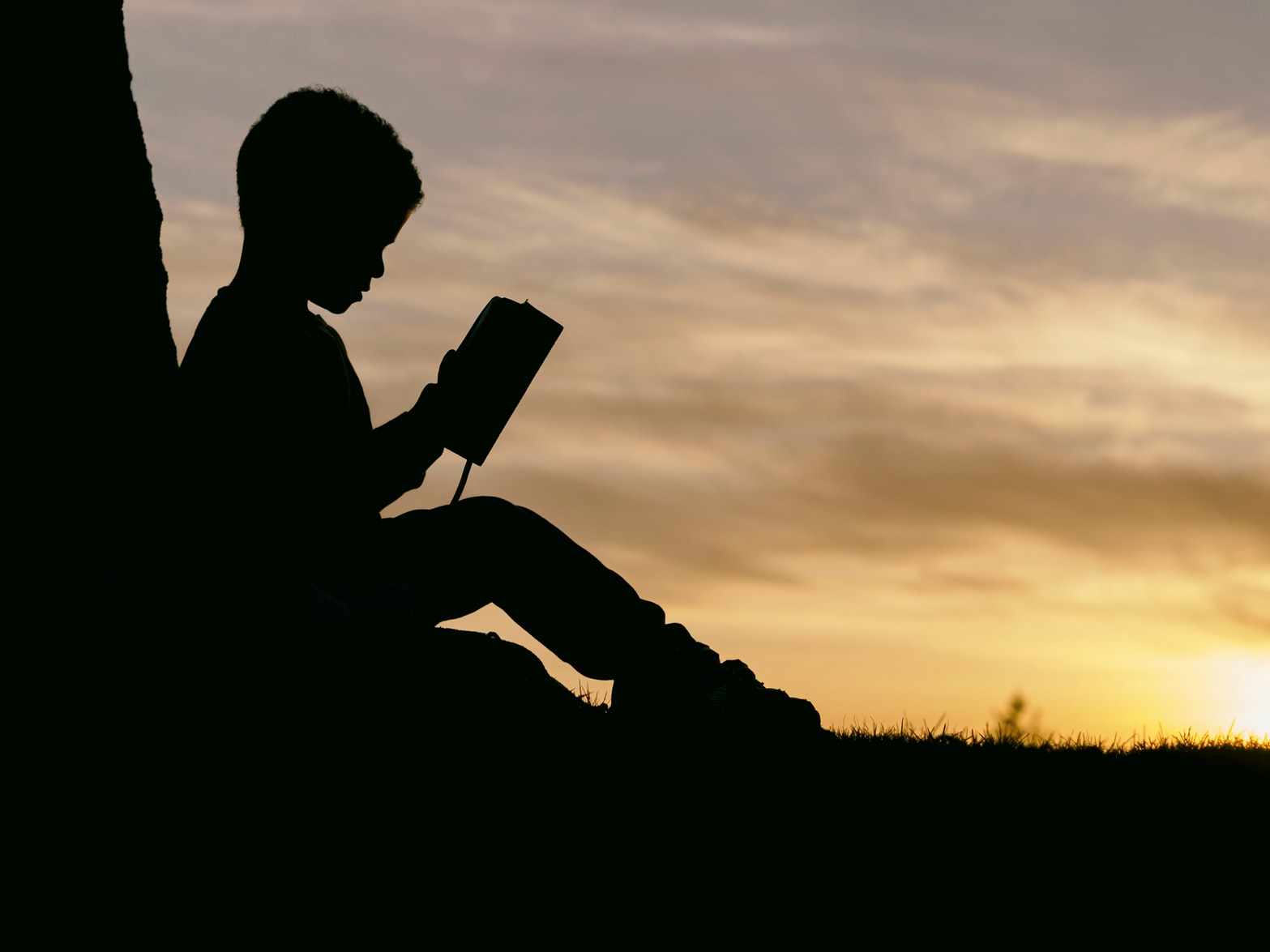Just over a month ago, an analysis of U.S. History textbooks in two politically-opposed states graced the New York Times front page to explain how education reinforces our country’s deep partisan divides, bringing forth to mainstream news a reality that scholars in Education have long-prior known to be true: In the words of Paolo Freire, “all education is political.” The prejudices passed down through education, however, extend beyond just the reinforcement of partisan tactics in a divided country. The words and beliefs we repeat to our country’s youth can and do perpetuate social inequality, racism, sexism, homophobia, and a fear and dislike of the unknown and unrepresented.
Even in the most progressive areas of our country, U.S. History classes teach Westernized and whitewashed versions of history, highlighting the conquests and accolades of white men while excusing or veiling their wrongdoings and devaluing or omitting both the suffering and the accomplishments of women and people of color that have helped to progress our country. Advanced Placement US History (APUSH)––for which close to half a million high school students take the test each year with college admission and scholarship money at stake––received criticism in 2014 for promoting overly patriotic and revolutionist ideologies and failing to properly address issues like imperialism and slavery. The reformed APUSH curriculum rolled out in 2015 has quelled some critics, but others still feel it doesn’t prepare students to tackle present-day issues of justice and inequality. Either way, it’s just a small step in the right direction.
Meanwhile, every day, students of color arrive at school rarely to see themselves and their histories meaningfully represented in their curricula, leading to disinterest and, for many, eventual dropout. For example, even over the last few decades the rate of completion of high school for Black students has been consistently lower than that for white students. Furthermore, a total of thirty-three U.S. states have statistically significant gaps between White and Black dropout rates with Black dropout rates exceeding those for White students. These gaps range from 1.1 percentage points in Alabama to 7.1 in Nebraska. Such statistics for Hispanic students are no more promising. Researchers like Michelle Fine––whose work investigates social inequalities within urban education––see a strong relationship between these dire dropout rates and the ways we teach about to oppressed groups in our classrooms. Fine’s work contextualizes the high dropout rates for students of color across the United States. “The lack of black teachers,” Fine explains, “means that few students get an opportunity to talk about race and class contradictions in our society. While not all black teachers agree that these conversations belong in the classroom, white teachers appear more reluctant to raise the issues.”
Even for those who make it through school, the ramifications of these biases are severe. The United States citizenry is increasingly racially and ethnically diverse but also increasingly disengaged politically, with racial and ethnic minorities showing lower voter turnout than the American voter base as a whole, a reality that makes the task of using social studies to prepare students to be active and effective citizens even more complex. There are calls from across our country to give minorities the power to advocate and speak for themselves through their votes and for people in positions of privilege to lift up and speak for individuals who cannot do so for themselves. How, though, can we expect a child whose textbook taught that the Second Amendment cannot be questioned or challenged to grow up understanding why we need gun control or how we can get it? How can we expect a student whose teacher justified slavery and covered up the role White people played in oppressing and dehumanizing African Americans to understand how institutionalized racism persists today and why the Black Lives Matter movement is absolutely critical? And how can we expect someone who learned about immigration through the words of a border patrol agent to understand the journeys and the hardships that immigrants endure when coming to our country for a better life? If we want to fight for social justice, we need to start from the bottom up, which means fundamentally and radically changing the way we teach.
Already, educators are making important strides in creating and implementing social-justice-focused history curricula––and others have a deep obligation to follow in their footsteps. Across the internet and in scholarly journals, educators share how they’ve sought inclusion and justice in their teaching through tools like technology, music, and food. A teacher at Jackson Street School in Northampton, Massachsettes is working with students to do a deep dive into slavery using sources like the New York Times podcast “1619” and a graphic picture book depicting the hardships of slavery and tackling issues such as white guilt with young, primarily-caucasion children. Furthermore, large-scale and high-impact initiatives like Facing History and Teaching Tolerance provide resources for teachers to teach and students to learn through lenses of tolerance, inclusion, and social justice. Already, many hands are on deck, but we still need more. This obligation is deep and profound; it is not necessarily what we teach our children, but rather how we teach them that will acutely determine our future ability, or lack thereof, to procure justice for those for whom it is long overdue.
About the Author
Katherine Anderson is a senior at Smith College studying Education and Sociology. After graduating in December of 2020, she plans to pursue a career in either college admissions or educational fundraising.
